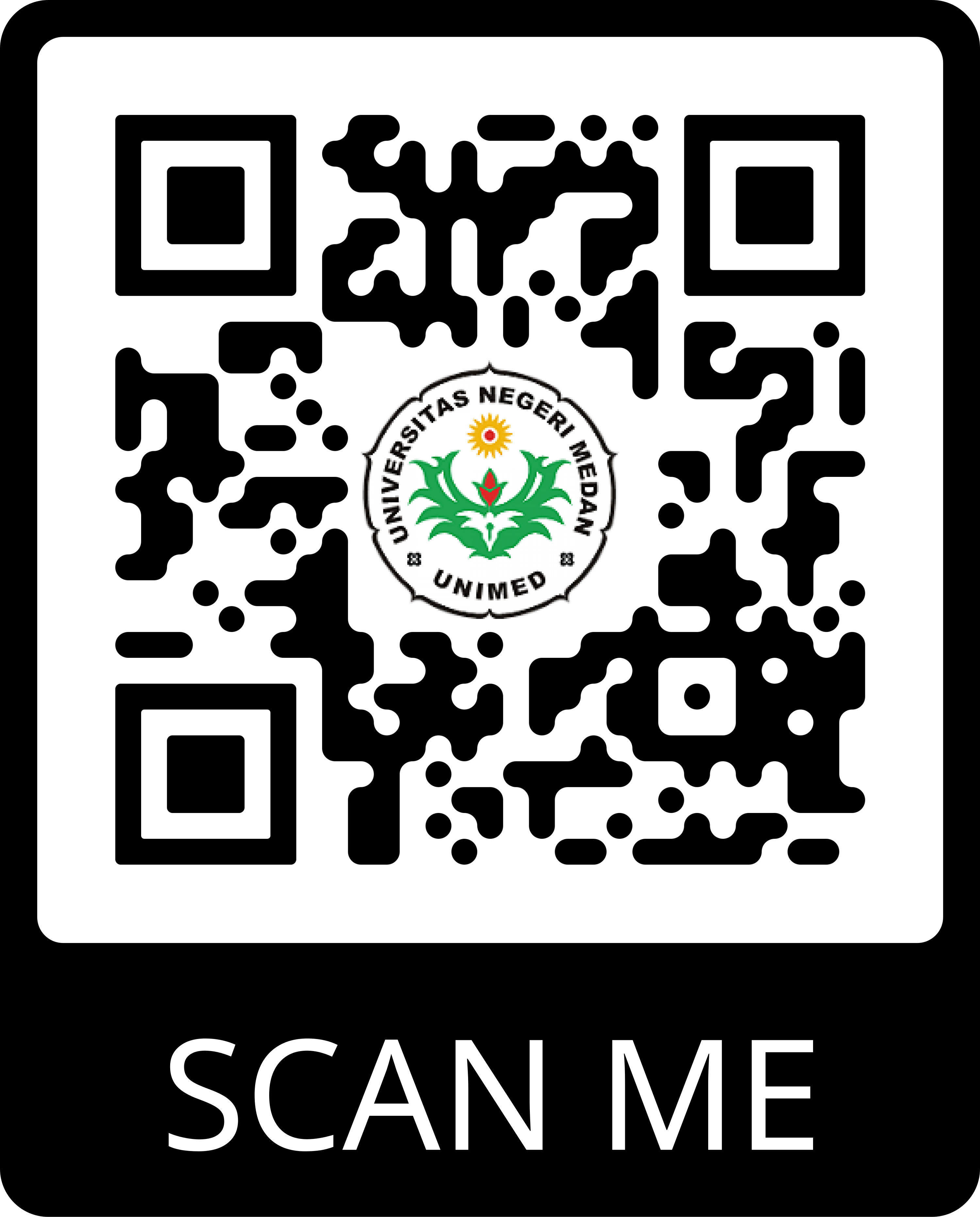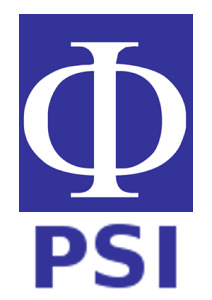EXPERIMENTS USINGBASED VIRTUAL LAB PHET SIMULATION IN LEARNING PHYSICS ON PARABOLIC MOVEMENT MATERIALS
Abstract
Keywords
Full Text:
PDFReferences
Abdurahman, & dkk. (2011). Dasar-Dasar Metode Statistika Untuk Penelitian. CV Pustaka Setia.
Adam, Perkins, Podolefsky, Dubson, F., & Wieman. (2006). A New Instrument for Measuring Student Beliefs About Physics and Learning Physics: the Colorado Learning Attitudes about Science Survey.
Astuti, S. . (2015). Pengaruh kemampuan awal dan minat belajar terhadap prestasi belajar Fisika. Jurnal Formatif, 5(1), 68–75.
Aththibby, A. R. (2015). Pengembangan Media Pembelajaran Fisika Berbasis Animasi Flash Topik Bahasan Usaha Dan Energi. Jurnal Pendidikan Fisika, 3(2). https://doi.org/https://doi.org/10.24127/jpf.v3i2.238
Depdiknas. (2006). Permendiknas No 22 Tahun 2006 Tentang Standar Isi. Depdiknas.
Dewi, T. S., Nur, H., Sari, I., & Fitri, N. (n.d.). Pembelajaran Menggunakan Animasi Komputer PHET (Physics Education Technology) Simulation pada Materi Efek Fotolistrik. Seminar Nasional Pendidikan Biologi.
Gaziano, C., & McGrathe, K. (1986). Measurign the concpet of creadibility. Journalism Quarterly, 63(3), 451–462.
Giancoli, D. C. (2004). Physics: Principles with Applications. In ReCALL.
Jewett, J. W., & Serway, R. A. (2008). Physics for scientists and engineers with modern physics. Cengage Learning EMEA.
Kanginan, M. (1997). Fisika SMU 1A (2nd ed.). Erlangga.
Kanginan, M. (2010). Physics for senior high school. Erlangga.
Prihatiningtyas, S., Prastowo, T., & Jatmiko, B. (2013). Imlementasi simulasi phet dan kit sederhana untuk mengajarkan keterampilan psikomotor siswa pada pokok bahasan alat optik. Jurnal Pendidikan IPA Indonesia. https://doi.org/10.15294/jpii.v2i1.2505
Sambada, D. (2012). PERANAN KREATIVITAS SISWA TERHADAP KEMAMPUAN MEMECAHKAN MASALAH FISIKA DALAM PEMBELAJARAN KONTEKSTUAL. Jurnal Penelitian Fisika Dan Aplikasinya (JPFA). https://doi.org/10.26740/jpfa.v2n2.p37-47
Sujarwanto, & dkk. (2014). Kemampuan Pemecahan Masalah Fisika pada Modeling Instruction pada Siswa SMA Kelas XI. Jurnal Pendidikan IPA Indonesia, 3(1), 65–78.
Sutopo, H. (2011). PENGEMBANGAN EVALUASI PEMBELAJARAN BERBASIS MULIMEDIA DENGAN FLASH, PHP, DAN MYSQL. Jurnal Informatika. https://doi.org/10.9744/informatika.10.2.79-85
Taqwa, M. R. A. (2018). Kekeliruan Memahami Konsep Gaya, Apakah Pasti Miskonsepsi? Jurnal Inovasi Pendidikan Fisika Dan Integrasinya, 1(2), 1–12.
U.S, S., & dkk. (2015). PENGARUH MEDIA PEMBELAJARAN DAN MINAT BELAJAR TERHADAP HASIL BELAJAR FISIKA. Jurnal Formatif, 2(1), 71–81.
Wuryaningsih, R. & S. (2014). Penerapan Pembelajaran Fisika dengan Media Simulasi PhET pada Pokok Bahasan Gaya untuk Meningkatkan Hasil Belajar Siswa Kelas VIII A SMPN 6 Yogyakarta. Prosiding Pertemuan Ilmiah XXVIII HFI.
Yusuf, I., Widyaningsih, S. W., & Purwati, D. (2015). Pengembangan perangkat pembelajaran Fisika Modern berbasis media laboratorium virtual berdasarkan paradigma pembelajaran abad 21 dan Kurikulum 2013. Pancaran Pendidikan, 4(2), 189–200.
DOI: https://doi.org/10.22611/jpf.v9i2.20783
Article Metrics
Abstract view : 540 timesPDF - 4248 times
Refbacks
- There are currently no refbacks.
Copyright (c) 2020 Trieana S Tuhusula, Burana Pattana, Efania Randai, Dionizius R Wateriri, Prof. Dr. Auldry F Walukow, M.Si

This work is licensed under a Creative Commons Attribution 4.0 International License.
___________________________________________________________________________________________________________________________________________
Jurnal Pendidikan Fisika
p-ISSN : 2252-732X | e-ISSN : 2301-7651
Organized by The Magister of Physics Education Departement in State University of Medan in collaboration with Physical Society of Indonesia (PSI)
W: https://jurnal.unimed.ac.id/2012/index.php/jpf/index
E : jpfunimed@unimed.ac.id
rajo.hasim@gmail.com (principal contact)

_____________________________________________________________________________________________________________________________________________

This work is licensed under a Creative Commons Attribution 4.0 International License.





